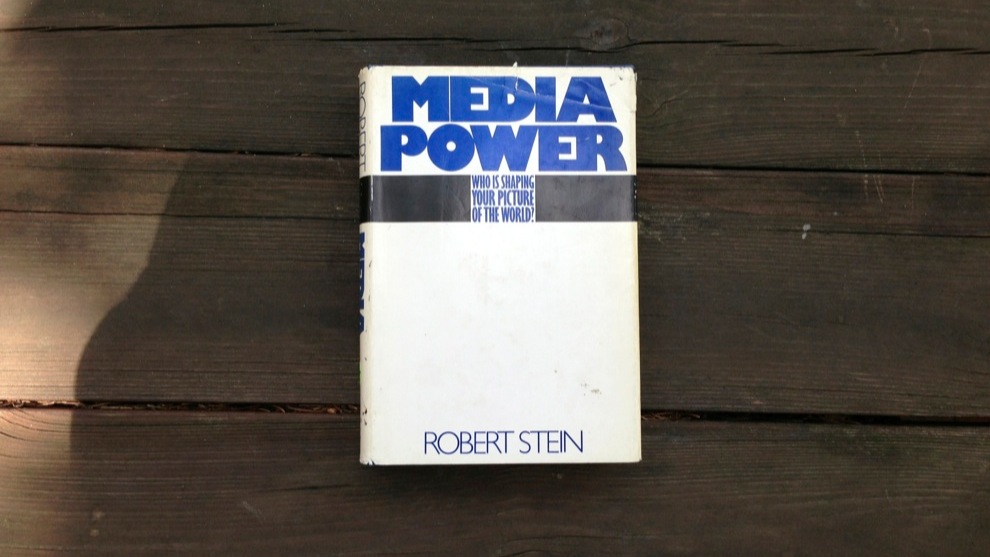
Editor’s Note: The Nieman Foundation turns 75 years old this year, and our longevity has helped us to accumulate one of the most thorough collections of books about the last century of journalism. We at Nieman Lab are taking our annual late-summer break — expect limited posting between now and August 19 — but we thought we’d leave you readers with some interesting excerpts from our collection.
These books about journalism might be decades old, but in a lot of cases, they’re dealing with the same issues journalists are today: how to sustain a news organization, how to remain relevant, and how a vigorous press can help a democracy. This is Summer Reading 2013.
Stein’s book, Media Power: Who is Shaping Your Picture of the World, is an attempt to assess the present and future of journalism at a time when the industry was being buffeted by a generational change in the workforce, an increasingly adversarial government, and advancing technology. A journalism professor, writer, and editor for newspapers and magazines, Stein also served as chairman of the American Society of Magazine Editors. Media Power was his first book.
For technology in particular, Stein saw the media at an inflection point, where journalists could take stock of how computers, video cassettes, and other communications tools could affect how information is delivered. Newspapers and other media find themselves in a difficult position, Stein writes, because these new tools offer a lot of promise to journalist, but also a new host of problems. Here, in an example that sounds like a mix of market research and A/B testing, Stein discusses the role computers played in helping one newspaper assess its headline writing. But he also speaks to the conflict journalists, editors and managers in particular, feel in making decisions about the use of technology in the newsroom.
In 1971 the Cincinnati Enquirer spent $25,000 on a computer study to find out what mixture of headlines would attract the maximum number of readers. Among the findings was that the combination of a Kennedy scandal and a no-hit game by a local pitcher would help circulation. Overall, however, the computer decided that the Enquirer was close to an “ideal” newspaper. Upon learning the results, the paper’s editor commented: You don’t know whether to feel good you spent the money to find out you’re doing well or whether it was a waste.
In a larger sense, editors and publishers have displayed a similar attitude — a combination of awe, unease and astonishing gullibility — toward the application of technology to their profession. By temperament, they are hostile to the idea that machines will ever replace their own judgment or even seriously alter the conditions under which it functions. At the same time, they are haunted by the occupational fear that they may be missing out on something new. As a result, they are more likely to buy the Brooklyn Bridge from a technological pitchman than invest in real estate on the outskirts of a growing city. Like the original country rube, they are victimized by a combination of innocence and misplaced guile.
Their vulnerability also arises from their conflicting tendencies as journalists and business executives. As journalists, they are firmly rooted in the belief that perception is an exclusively human enterprise — reporters observe and listen, editors organize and evaluate. As businessmen, they know that mass marketing is susceptible to some of the same techniques that helped NASA land a man on the moon.